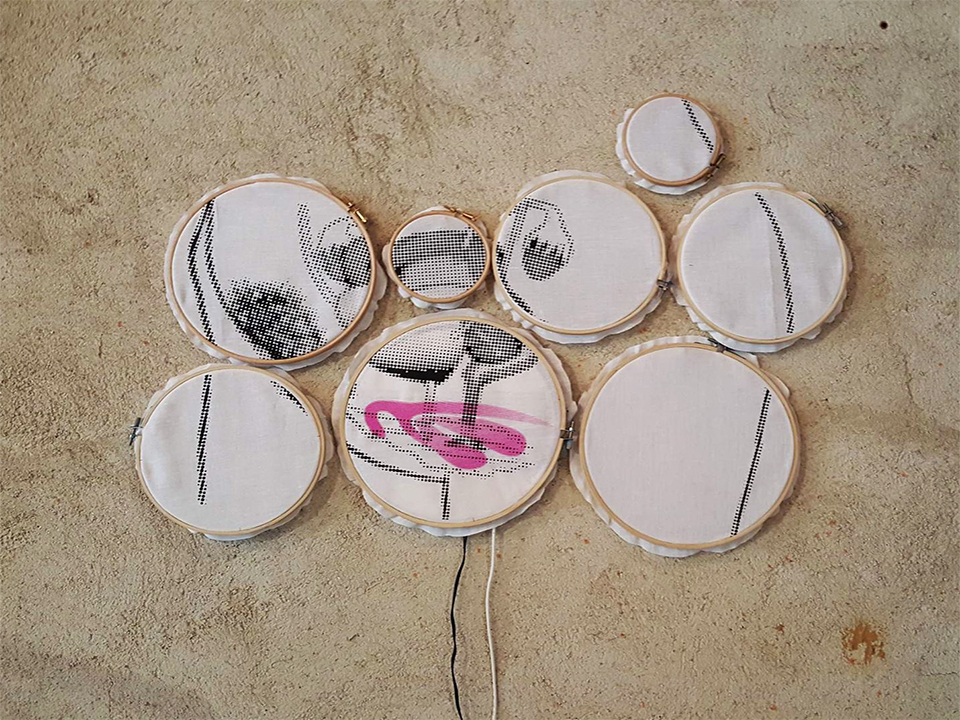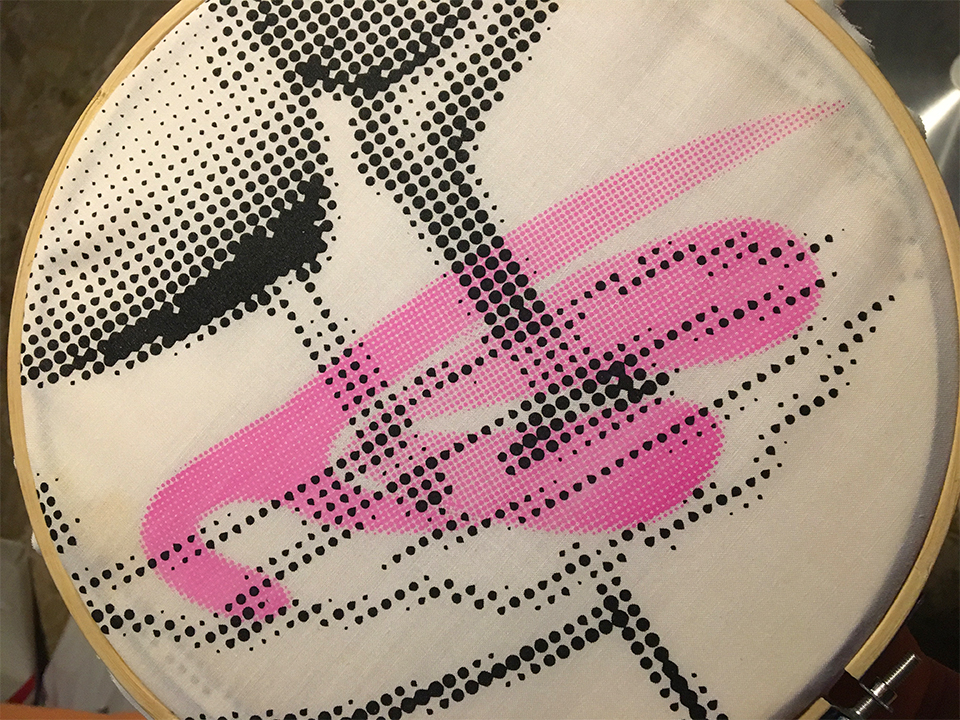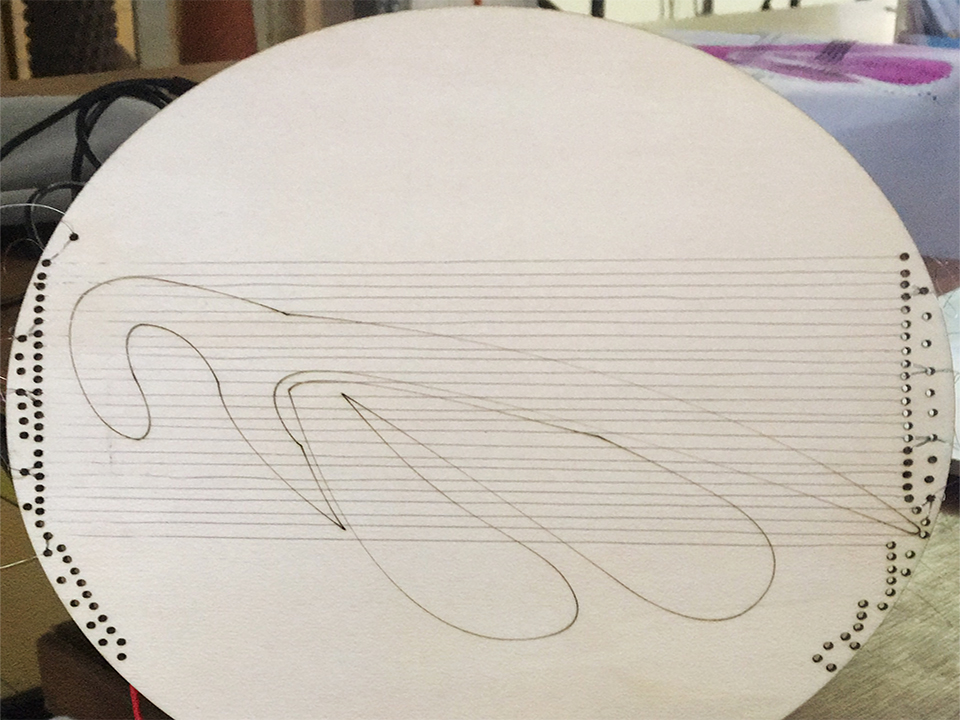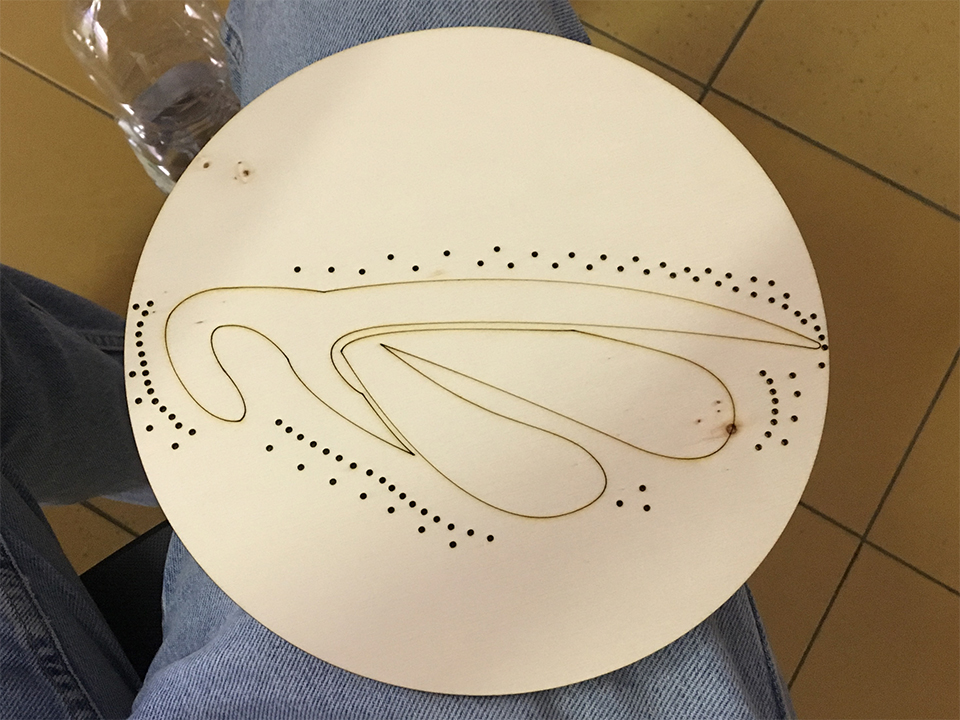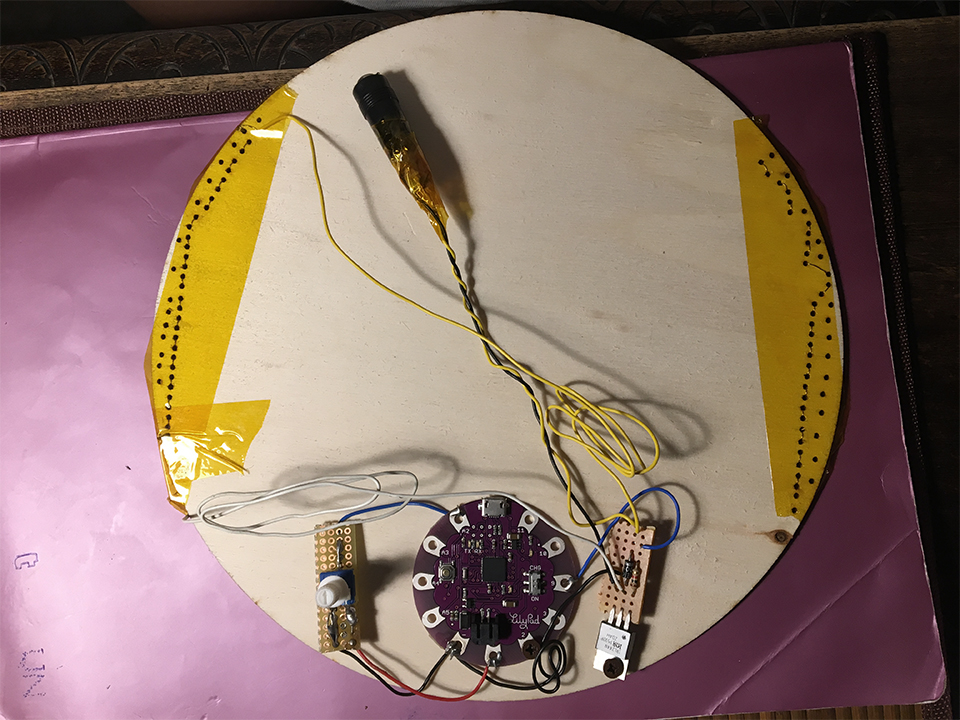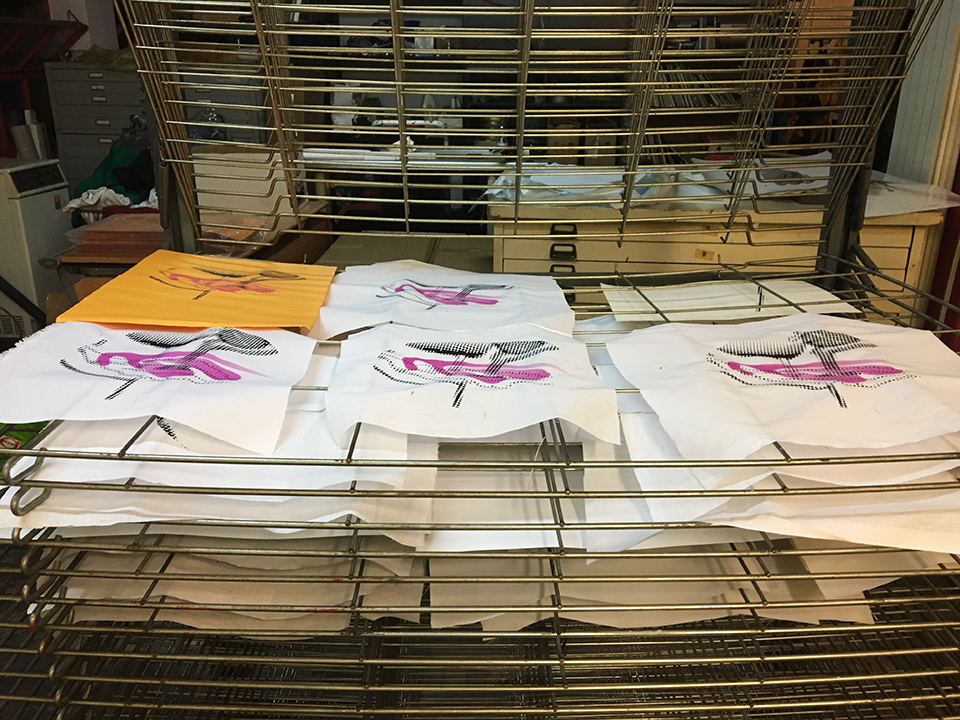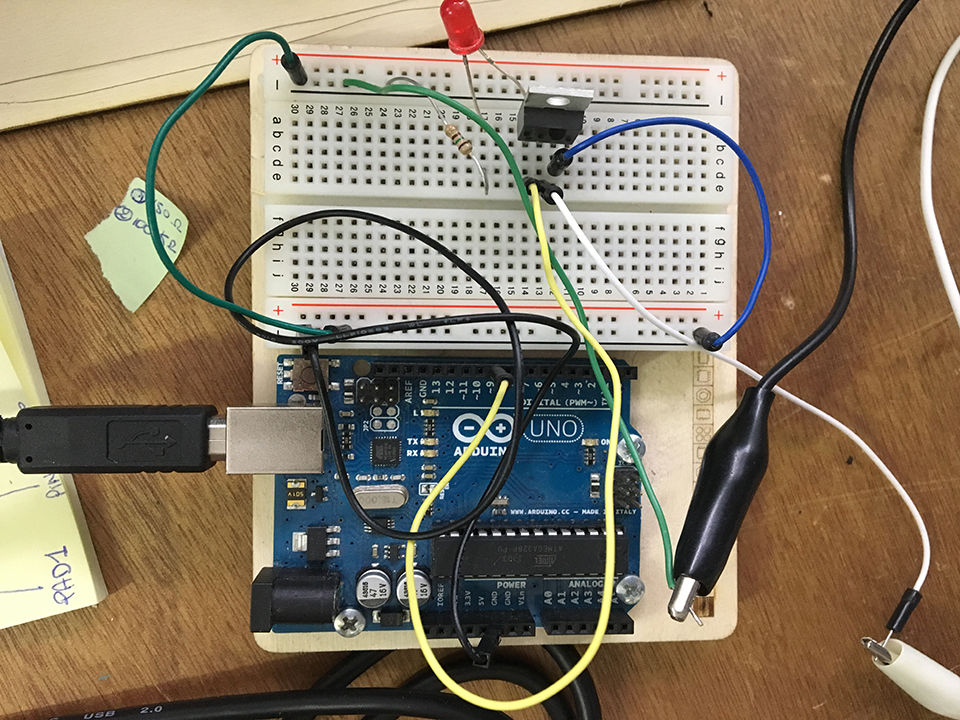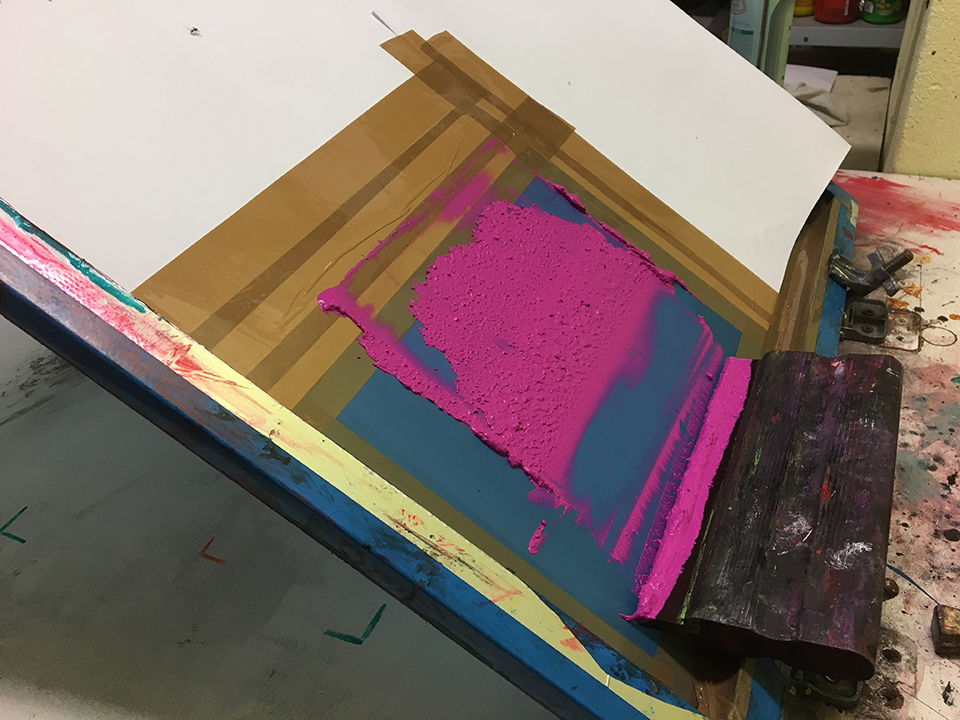The 16th century was a time of medical revolution. Many pioneering researchers gathered new evidence from human dissections challenging accepted views on anatomy, and especially the bodies of women and men.
The 1559 edition of Thomas Gemini’s Compediosa Totius Anatomie Delineatio features a depiction of a semi-dissected female torso, and the book’s original owner cut away a neat triangle of paper on which the vagina would have been drawn.
It’s important to understand how the 18th century negation of civil rights for women can be justified in the framework of liberal thinking. For the theorists of the state of nature, an appeal to women’s natural rights could only be countered by the evidence of natural inequality between the two sexes. Thus, a fundamental paradox has emerged in the history of modern science: female anatomy has been largely manipulated, if not excluded, by science and the results of science have often been used to justify their social exclusion.
For the first drawing of the clitoris we have to wait 1844, by Georg Ludwig Kobelt.
Nonetheless, the clitoris still represent an organic appendix to conceal, as well as physically through the FGM but also in school books.
The clitoris still represents the “Maddalena”, the pleasure that has to be punished, the sin of non-submission.
The proposed image is that updated recently in the French school books, where the clitoris appears in the female genital system for the first time. The work is an allegory of female pleasure, its pulsation and its pride, fixed on embroidery circles, emblem of the woman’s social function – homely – as opposed to the subject on display.
The images are silk-screened on the embroidery hoops textiles. In the central circle, an electronic device heats and cools the thermochromic ink of which the clitoris is made, making it appear and disappear randomically.
Silk-screened textile on embroidery hoops. In the central circle, an electronic device running on Arduino heats and cools the pink thermochromic ink.
FIAT VOLUPTAS TUA (2017)
Concept: Calembour/Zoe Romano
Interaction: Giorgia Petri
Material: Arduino, silk-screened textile, embroidery hoops, thermochromic ink
Software: Arduino
FAB 13 Fabricating Society - Santiago, Chile (2017)
E-Textile Exhibition - Paillard Centre d'Art, Poncè sur le Loir, France (2017)
